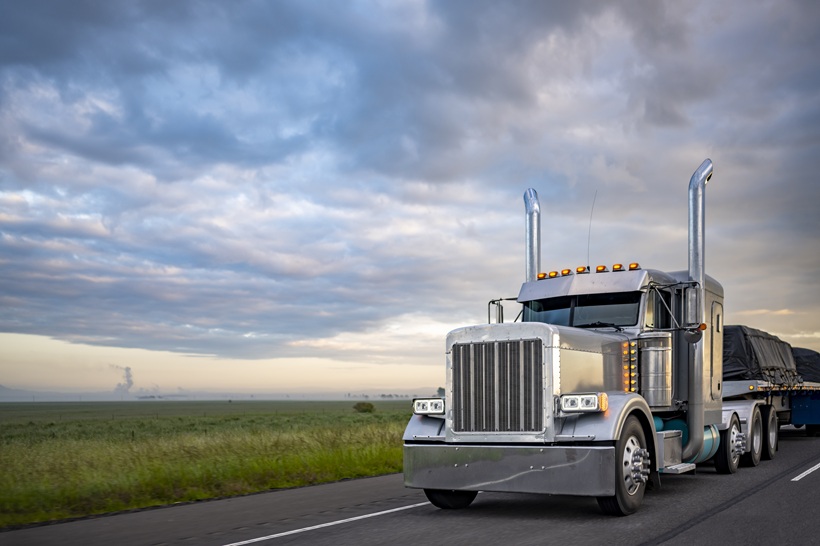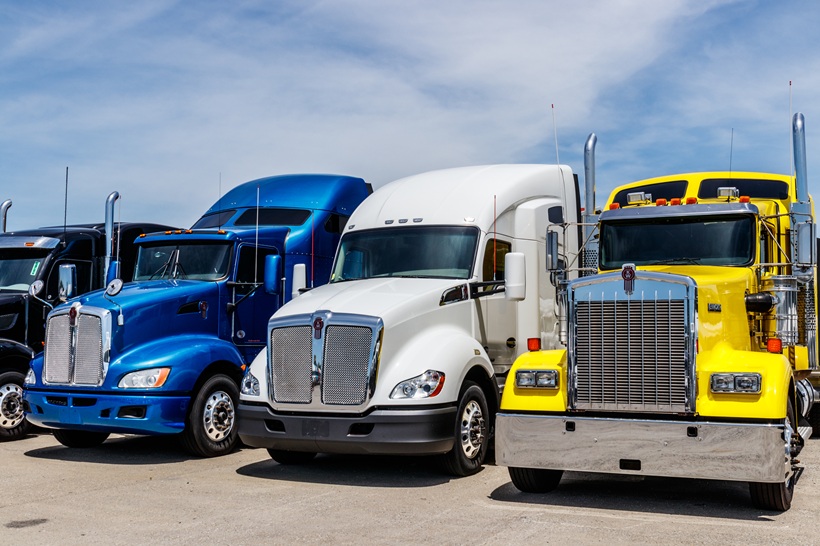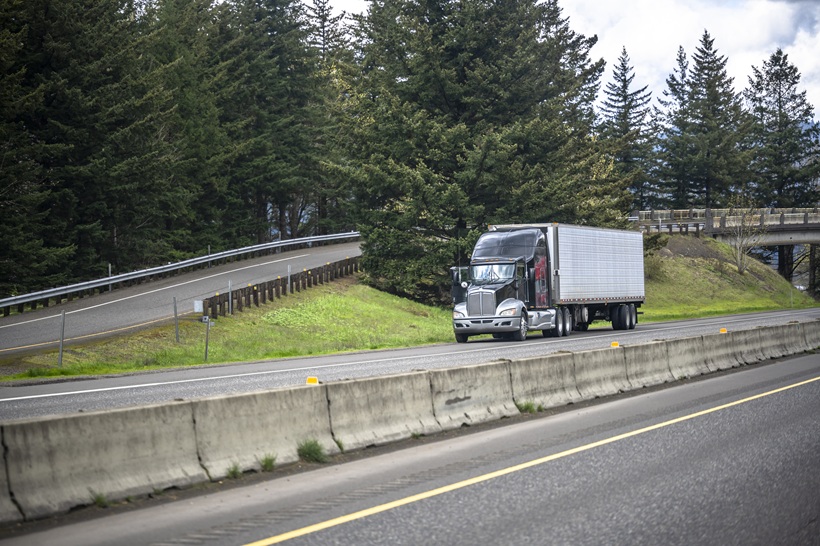
How to Attract the Next Generation of Professional Drivers
As the trucking industry faces a pivotal shift with a seasoned workforce nearing retirement, the race is on to not only pass the baton but to ensure that there are eager hands ready to take it. This article delves into the multifaceted challenge of attracting, educating, and retaining the young talent that will steer the freight and logistics sector into a new age of innovation and efficiency.
The trucking industry has seen its share of transformations over the years. Often, the phrase “Next Generation” in trucking is used to describe advancements in technology, but what we tend to overlook is the upcoming generation of truck drivers. There is growing concern about how to sustain the industry as experienced drivers retire. Our experts weigh in on what fleets can do to attract new hires, and how the industry can shift to gain excitement in a new era of professional drivers.
If you have paid attention to the headlines within transportation, there is a debate on whether there is or is not a current driver shortage. The key word in that sentence is “current”. The market for today’s professional drivers is vastly different from what it was a few years ago and will be much different in the future. The need to embrace tomorrow’s drivers is a very real challenge that must be addressed sooner rather than later. But why?
The gap – no, not the clothing store. The widening delta between our experienced drivers and those who are following behind them to receive the proverbial torch that will be passed. There is a growing concern that there are not enough younger drivers entering the workforce to replace the drivers who are beginning to retire from the industry. According to a demographic breakdown, the average age of a commercial truck driver is 47 years old, which has slightly increased from years prior. At face value, this does not come as too much of a surprise. However, when you look at the breakdown of age ranges further in that report, over 70% of all commercial drivers are above the age of 40.

What are the different generations of drivers?
Generation X (Seasoned Drivers)
- Age: 43 – 58
- Mindset: Referred to as the “Middle Child” generation, often overlooked when discussed in respect to the “Baby Boomer” or “Millennial” generation. Often characterized as resourceful and independent.
- Relationship to Technology: Saw the rise of modern computing and software development

Generation Y/Millennial (Younger & Experienced)
- Age: 27-42
- Mindset: Referred to as the “Millennials” – this generation has surpassed the baby boomers in size and has been affected by the attacks on the World Trade Centers and economic recession as defining events in their upbringing.
- Relationship with Technology: Early adopters of smartphones and social media

Generation Z/Zennial (Emerging & Training)
- Age: 11-26
- Mindset: Considered to be one of the most diverse generations and noted as being more pragmatic about their future planning; particularly around financial and educational plans, resulting from The Great Recession.
- Relationship with Technology: “Digital Natives” – This generation does not know a world without the internet
Where are the younger drivers going?
We had the opportunity to speak with Lindsey Trent from the Next Generation in Trucking Association. During our conversation, Lindsey highlighted several key points relating to career options for today’s youth. Lindsey referenced a focus group conducted by the Nebraska Trucking Association showing career ads. It was determined that the group had very little knowledge about trucking as a career option. In fact, it was noted that many of those within the focus group were intrigued by the concept of being able to see the country and have a “tiny house” on wheels. Lindsey further described this moment by saying:
[The group was interested in the concept of giving back and knowing that truckers are essential workers. Without drivers, our grocery stores would not be stocked, and hospitals would go without resources. Truckers are our first line of defense and the group saw them as the heroes on the highway. That notion of giving back was very powerful] – Lindsey Trent.
As a millennial, I (and I’m sure many others who have preceded or followed) can attest that trucking was never truly presented as a career option. Perhaps it’s a result of the emphasis on college, or a conditioning of our “9-to-5” mentality. Either way, we see this career path gap getting larger. As I continued my conversation with Lindsey, another great point was made – among trade programs, we see an emphasis on plumbers, electricians, and other trades – but continuously, trucking is left out of the conversation.
So, how do you attract the next generation of professional drivers?
Awareness | The initial step is to create awareness and provide education about a career in trucking. Fleets should consider partnering with high schools and CDL (Commercial Driver’s License) training programs to raise awareness about career options for professional drivers. Building a positive narrative around the benefits of a career in trucking and the essential role that truck drivers play in our economy is critical to attracting a new generation of drivers.
Training | Once we have raised awareness around the viability of being a professional driver, the next major step to attracting and retaining drivers revolves around training. You might have seen growing support to allow younger drivers to enter the industry and drive interstate routes. While there are mixed feelings about this, the underlying theme is to promote training among our younger drivers. Fleets should heavily consider robust training and mentorship programs. Mentorship programs allow younger drivers to build confidence in their driving skills while gaining insight into career paths and options for the future. Organizations such as the Truckload Carriers Association are breaking ground on this topic with their Young Trucking Executive panel, which is focused on helping companies develop better plans for their future leaders.
Technology | Each generation of professional drivers brings a different expectation of how they complete their day-to-day work. As we know, there is much more that goes into being a professional driver than piloting their vehicle. The incoming generation of drivers are digital natives and grew up utilizing technology and smartphones in their day-to-day lives. They expect that technology will play a key role in helping to streamline and optimize their tasks and responsibilities on the job. Reducing manual steps and leveraging mobile technologies that allow incoming drivers to manage their day from their phone are essential to attracting new drivers.
Trucking technology solutions such as Transflo Mobile+ are critical in today’s market, allowing the driver to stay connected to their workday in one single application (preventing app fatigue – which is a whole other topic that we will cover later). Features that are particularly important:
- Live Chat – In an era of texting, this allows drivers to get quick answers via chat, eliminating the need to call their dispatch.
- Mobile Scanning – Enabling mobile scanning is vital to helping younger drivers quickly manage their paperwork and be more organized.
- Truck Friendly GPS – Eliminate the difficulties associated with route planning with a GPS system designed specifically for truck drivers.
- Safety Notifications – Tools like Drivewyze Safety+ provide key safety notifications about road hazards, height and weight restrictions, and other information that can help younger drivers stay safe on the road.
Environment & Social Causes | Most members of Generation “Z” are socially conscious and want to promote environmental sustainability (along with socio-economic initiatives). Having a plan for reducing emissions, participating in community outreach, and engaging employees is important to the younger generation as they evaluate their career options. They want to know that their time will be spent in a way that will make a larger contribution to the world – which is one of the reasons that trucking should be an intriguing career choice, given how essential the work is to the world.
The next generation of truck drivers is in an exploratory phase of their career options. The trucking industry has an incredible opportunity to educate the next generation on the careers available and the advancements taking place in the industry. Providing training and mentorship programs, embracing technology, and contributing to environmental sustainability are a few of the ways companies can attract and retain the next generation of drivers. It’s time for us to invest in our future and ensure the sustainability of the trucking industry for years to come.



